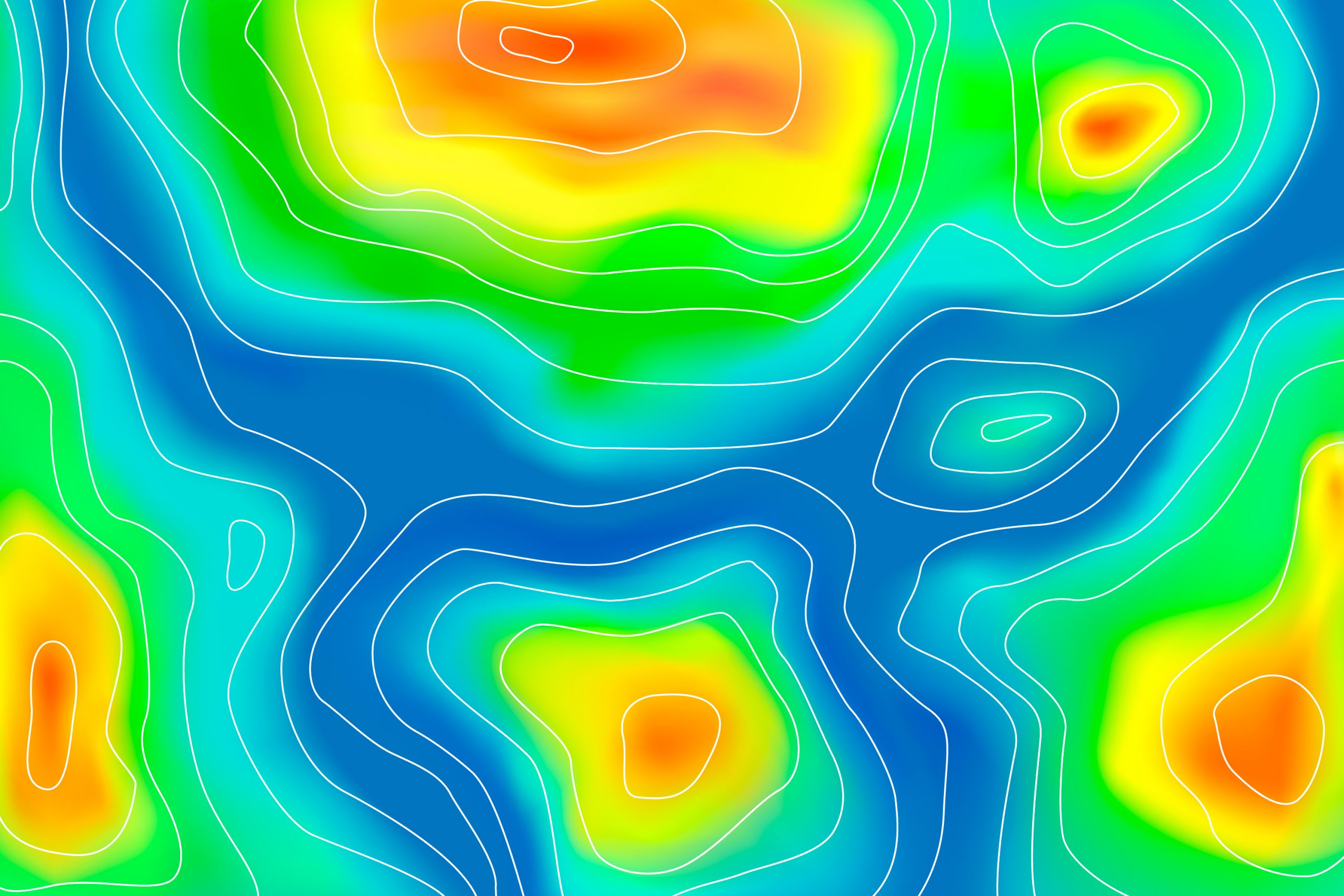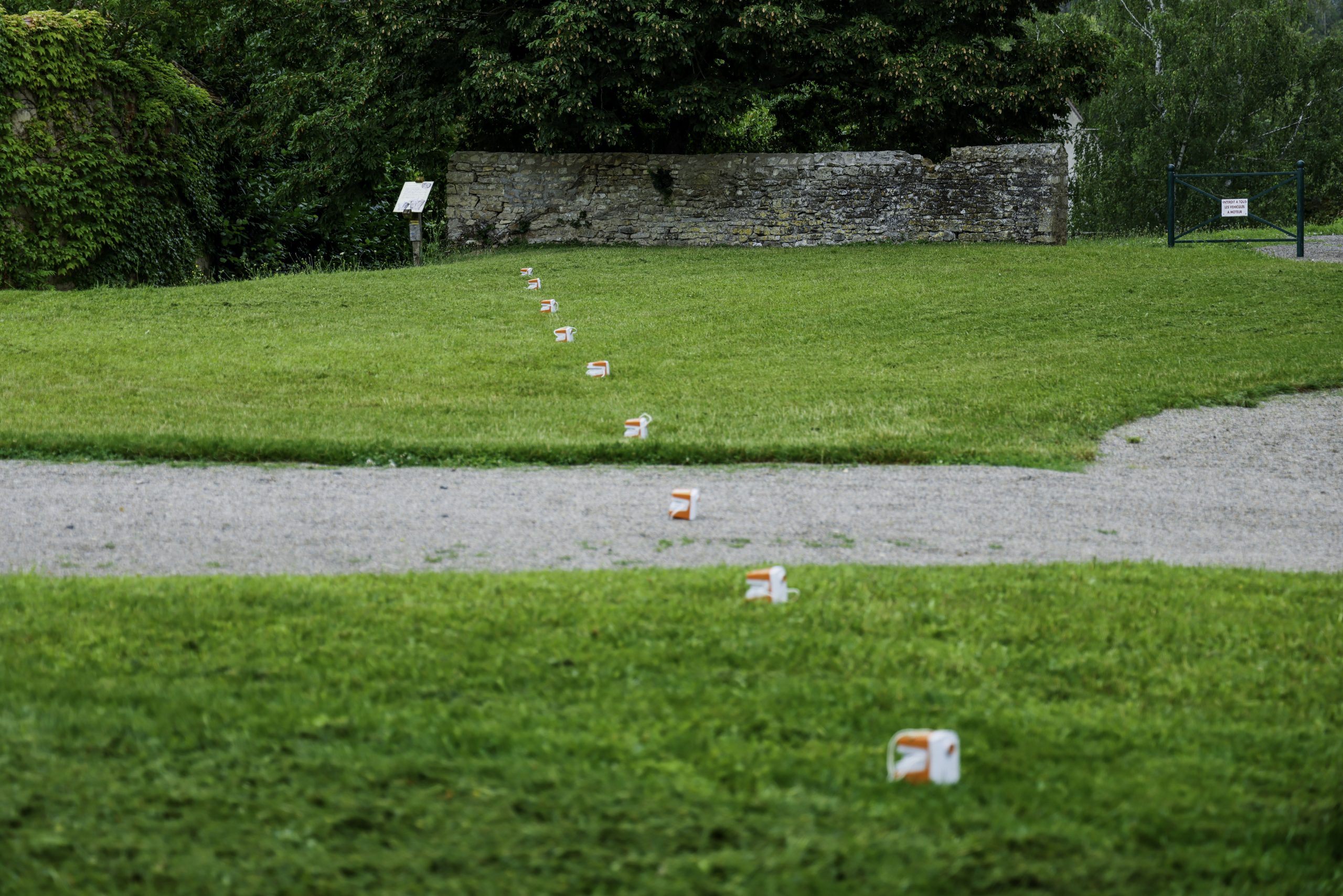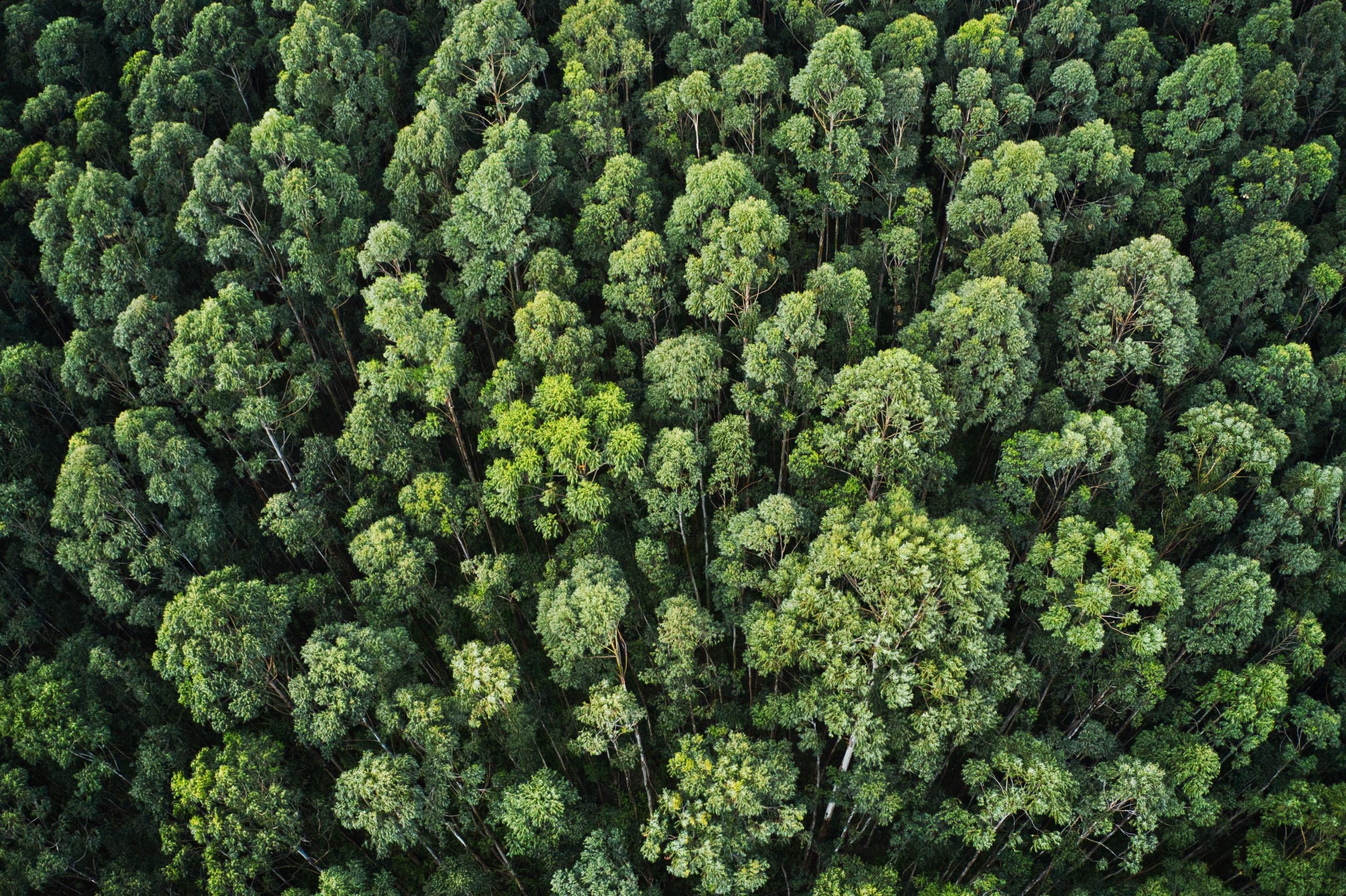BRIMIR project
A high potential of helium in the mecklenburg-vorpommern
Between the 1960s and 1980s, a large number of exploratory wells were drilled in search of hydrocarbons in Mecklenburg-Vorpommern, in north-east Germany. In several areas, these wells have revealed no hydrocarbons, but a gaseous mix rich in nitrogen and helium. These resources were not technically and economically attractive at the time, and were simply not exploited.
With Europe and Germany seeking greater sovereignty, the supply of helium to the area is now of strategic importance, and 45-8 ENERGY is now interested in developing this resource, discovered over 60 years ago.
In September 2023, 45-8 ENERGY applied to the Bergamt Stralsund Mining Authority for an exploration license. In December 2023, 45-8 ENERGY was awarded the exploration license, named Brimir. The license covers an area of 113 km² in north-eastern Germany, including 7 municipalities.
The granting of this exploration license enables 45-8 ENERGY to deepen its geological knowledge of the area and confirm its significant potential. Subsequent validation of our hypotheses will enable us to develop helium in the region.
Pilot production could then be envisaged in response to the quest for territorial sovereignty, helium being a strategic resource required by many German industries. With the Brimir project, the aim is to develop helium resources locally and produce them as close as possible to where they are consumed.
The exploration license has been granted for a period of 5 years to enable 45-8 ENERGY to acquire the data required to validate the helium potential of the Brimir area.
Discover the BRIMIR Project
01
A region to explore with the BRIMIR project
45-8 ENERGY is extending its interest to the northeastern region of Germany, specifically the state of Mecklenburg-Vorpommern. This area has captured the attention of geologists due to its noteworthy helium potential, supported by previous measurements.
45-8 ENERGY is focusing on a specific area of 113km², including 7 municipalities in the region.
- Brünzow
- Katzow
- Kemnitz
- Neu Boltenhagen
- Rubenow
- Wolgast
- Wusterhusen
These municipalities are concerned by the licence, meaning that data acquisition, which will have a limited impact on the environment and local residents, will be carried out in all these municipalities.
02
The goals of the Brimir license
01
Deepen our existing geological knowledge
02
Accurately characterise the geology of the area and the areas most suitable for a helium-rich mix.
03
Quantify the volumes of helium that could be accumulated in the subsurface and assess the technical and economic potential, all with the utmost respect for the environment and local residents.
03
The Brimir helium potential
The gas mix in the area is mainly composed of nitrogen associated to helium. 45-8 ENERGY intends therefore to explore the area to confirm the helium potential of the Brimir region. If the potential is confirmed, a helium local production can be considered long-term.
As 100% of helium consumed in Western Europe is imported from outside its borders, a local production of helium could be an answer to a tense market where helium is, at the same time, subject to many shortages and necessary for many german industries.
Helium is a strategic resource. 100% of the helium consumed in Western Europe is imported outside its borders. It is necessary to develop our European sovereignty and no longer be dependent on long-distance imports, which are complex, expensive, subject to geopolitical risks and have a high carbon footprint.
Helium
The BRIMIR area is composed mainly of nitrogen, the most abundant element in the Earth's atmosphere (about 78% of its composition).
Because of the abundance of nitrogen in the air, its attractiveness is limited and its economic use unlikely. Its release into the atmosphere does not represent any risk for people (inert, odorless, invisible) or the environment (does not contribute to the greenhouse effect and is already present in high concentrations in the Earth's atmosphere).
Nitrogen
04
The work program

Recovering and reprocessing of existing geological and geophysical data
A great deal of data is already available from boreholes drilled in the 1960s and 1980s. Other data acquisitions had also been made.
Our Geosciences team is interested in all of this data in order to refine the search area and gain a better understanding of the geological zone in the area.

Field geology and study of rocks sampled
Additional rock studies will be carried out to gain a better understanding of the geological structure of the region and the Brimir area. These studies will enable the Geosciences team to locate potential helium accumulations in the subsurface more precisely.

Geophysicial acquisitions
In order to supplement the data that already exists, other acquisition methods could be considered, such as 3D seismic reflection, which would provide a better picture of the subsurface. These acquisitions would be done in the atmost respect of the environment.

Environmental and economic studies
Potential helium production must be carried out with the utmost respect for the environment and its potential consequences must be kept to a minimum.
Various studies will be carried out to ensure that the project makes economic sense, while respecting the environment in which we will be operating.
05
A strategic and local project
Germany consumes 9.5Mm3 of helium a year, making it the world’s 5th largest consumer. All of this helium is imported from the United States, Qatar, Algeria and Russia. Germany is a major consumer of this resource, particularly for its high-tech industries in the east of the country.
At a time when this resource is becoming critical, increasingly rare and subject to recurring shortages, it is essential to be able to produce the resource as close as possible to European consumption centres in order to ensure a European supply of helium.
45-8 ENERGY’s ambition is to produce helium in Mecklenburg-Vorpommern, which would guarantee access to the resource for East German industries in need.
